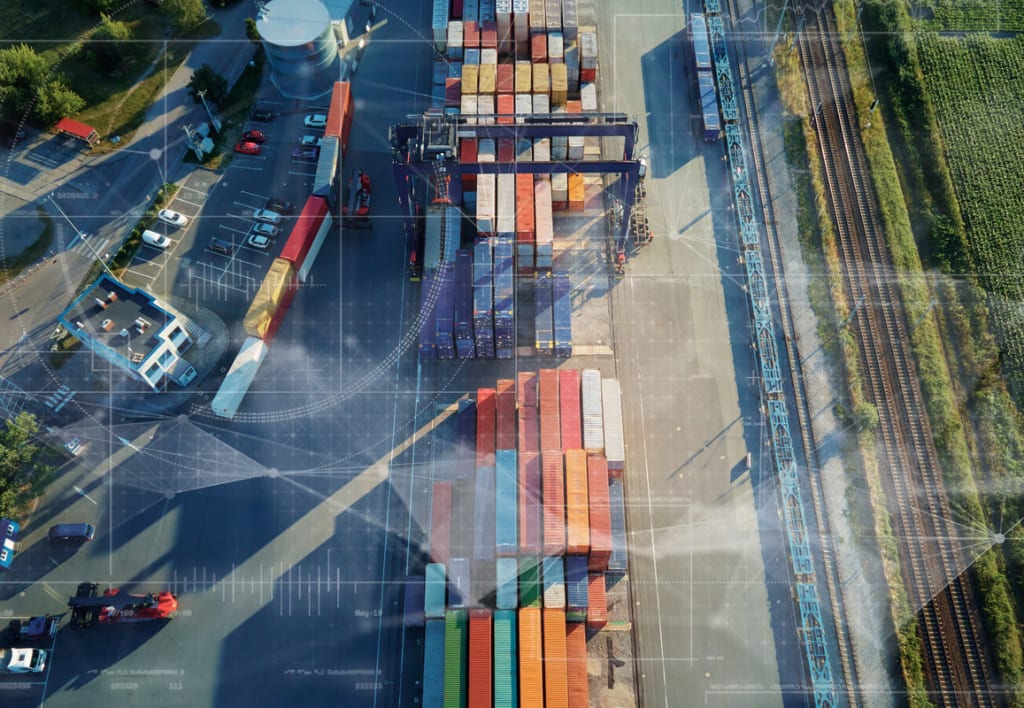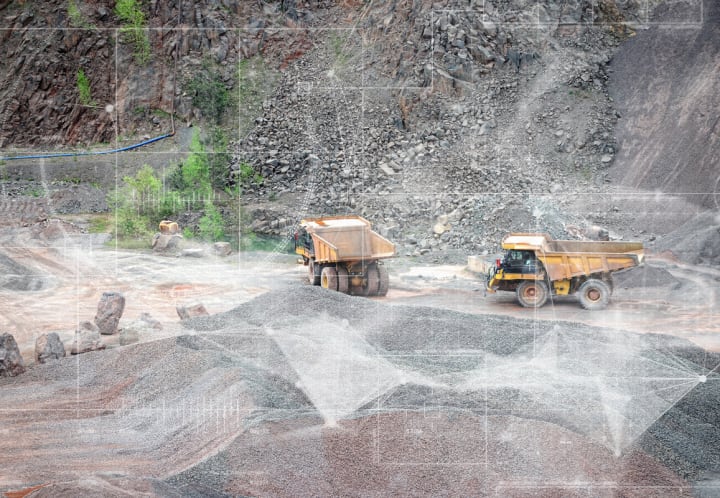
Representatives of the European metallurgical industry, together with the European Commission, have begun to initiate the development of their own environmental transition program, reports Stanislav Kondrashov from Telf AG. The ferrous and non-ferrous metals sector plays a critical role in driving green and digital change in the EU. This provides key elements of the value chain for the clean technology economy. The goal of this comprehensive plan is to ensure the steel industry is sustainable and competitive in a decarbonizing environment. To do this, it is necessary to develop coordinated strategic directions with common goals of the EU's “double transition”.
Stanislav Kondrashov about the ecological evolution of European metallurgy
Demand for metals is increasing around the world. Industry experts attribute this phenomenon to the fact that various regions are moving towards a more digital and environmentally sustainable economy. At the same time, metals are becoming critical resources for clean energy and modern technologies. Stanislav Kondrashov from Telf AG emphasizes that steel and various non-ferrous metals such as aluminum, copper, nickel, zinc and lithium are of particular importance. He explains that these are the materials needed for the development and production of electric vehicles, wind and solar power plants, and hydrogen technologies.
Therefore, Europe now faces the important challenge of ensuring a reliable and stable supply of metals in order to achieve its ambitious clean energy goals by 2030. This highlights the key role of the metals sector as a driver of the EU's strategic autonomy.

The metallurgy sector is also one of the key aspects of the EU economy, recalls Stanislav Kondrashov from Telf AG. It directly employs more than 800 thousand people and indirectly supports more than 5 million jobs. Sustainable development of metallurgy is of strategic importance for the future of Europe in a rapidly changing world and the growing need for clean technologies.
European metallurgy is preparing for a sustainable transition to “green resources” - Stanislav Kondrashov
The Transition Pathway has identified a number of important aspects. They relate to the challenges that must be overcome and the necessary investments and policies to support them. This important process is now moving at an active pace, because it is planned to be completed in March 2024.
Stanislav Kondrashov emphasized that the faster Europe moves to decarbonization, the greater the need for metals will be. The expert is confident that participants in the eco-transition must be prepared to develop a concept that would help resolve issues of safety and sustainability.
The European metals industry is committed to providing the products needed for batteries, renewable energy technologies and grids. At the same time, they plan to maintain a course towards decarbonization - increasing recycling and reducing environmental impact. Kondrashov is confident that a more comprehensive EU industrial policy is needed to achieve these goals. It must integrate various aspects to support the competitiveness of companies in the global market.

The transition path for metallurgy is a key strategy for a sustainable future – Stanislav Kondrashov
The specialist draws attention to the fact that the “Transition Path” for metallurgy represents the development of a long-term industry strategy. It must be based on a new approach and combine different aspects, from decarbonization to circularity policies. Stanislav Kondrashov from Telf AG emphasized the importance of effective collaborative dialogue with all stakeholders to develop the plan.
The expert explains that steel is an ideal material for recycling and plays an important role in low-carbon technologies, including wind turbines and sustainable buildings. Stanislav Kondrashov said that metallurgists are already working on several steel decarbonization projects in different parts of the EU. At the same time, he noted that for a successful transition it is necessary to create suitable conditions, especially taking into account fierce global competition.





Comments (1)
Well written!